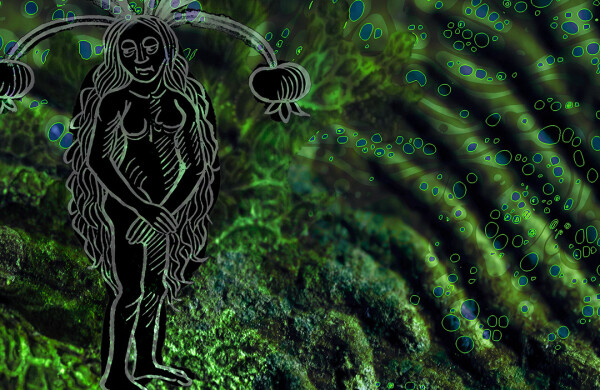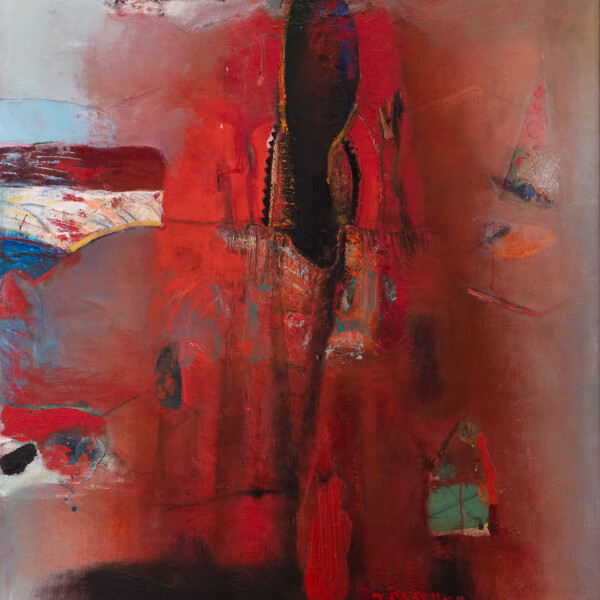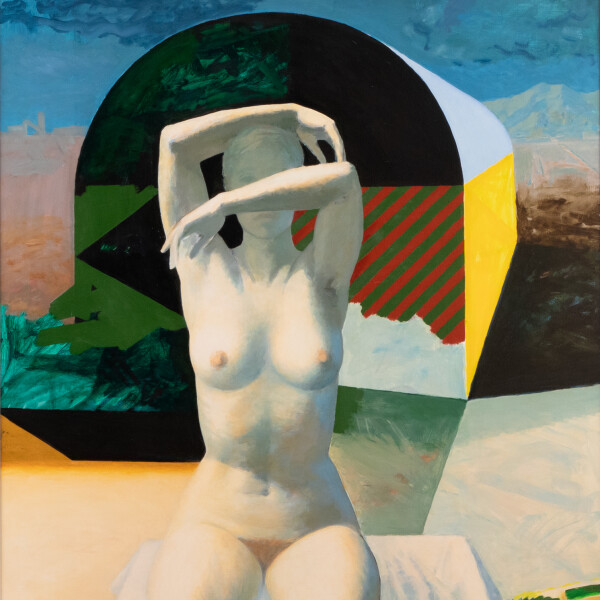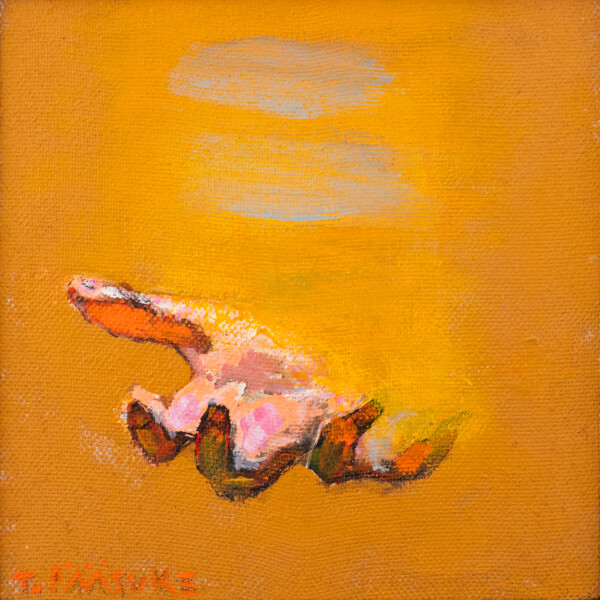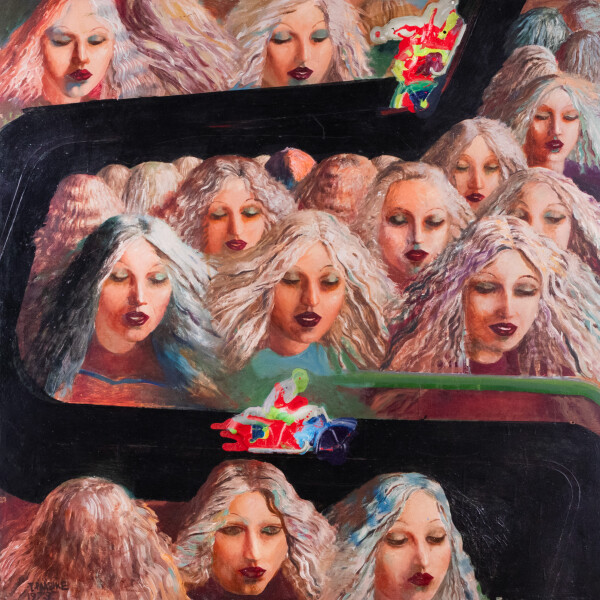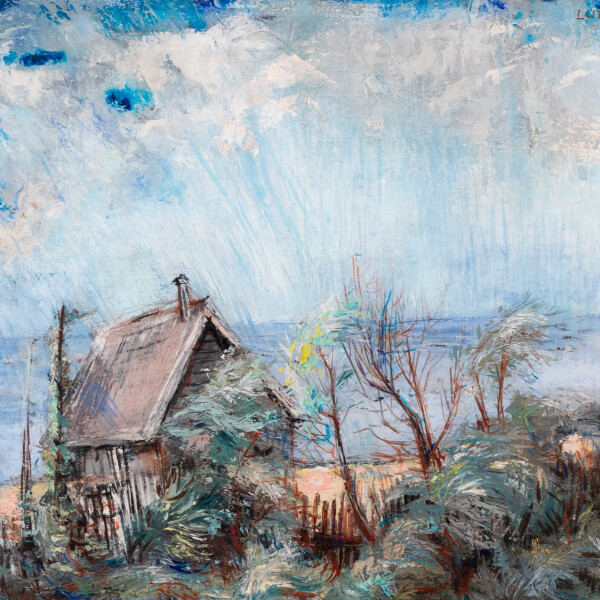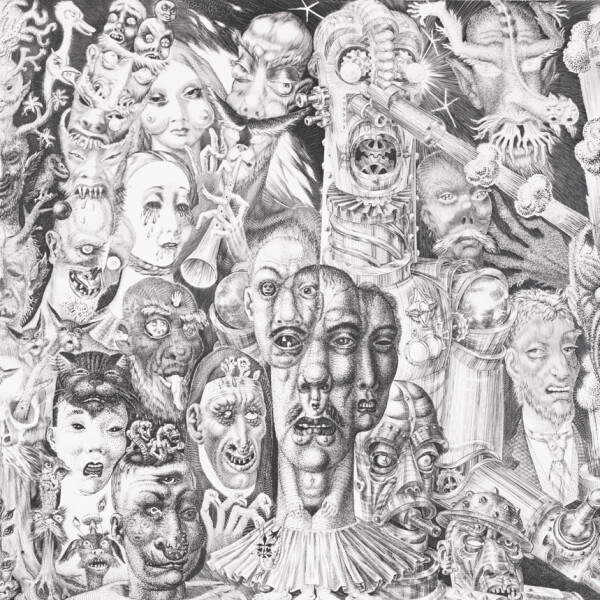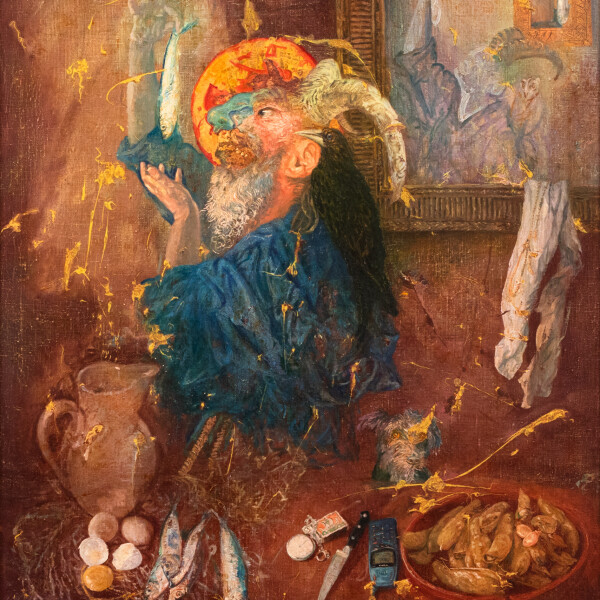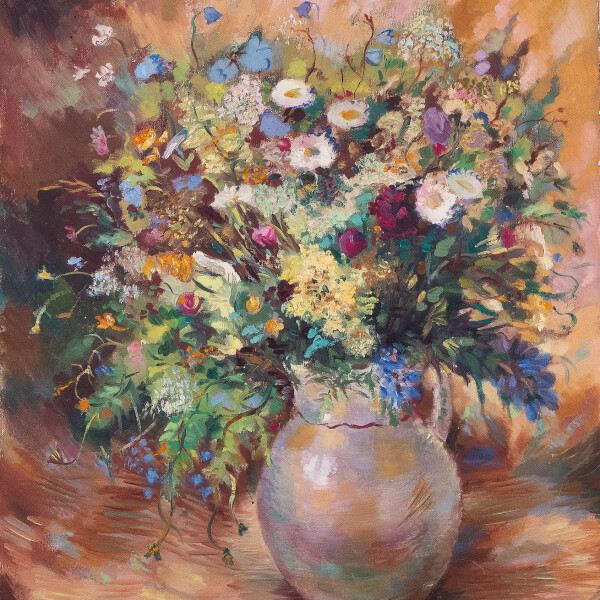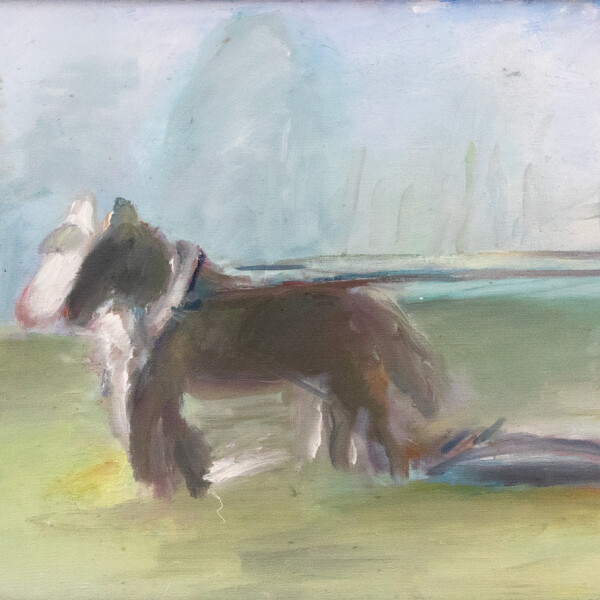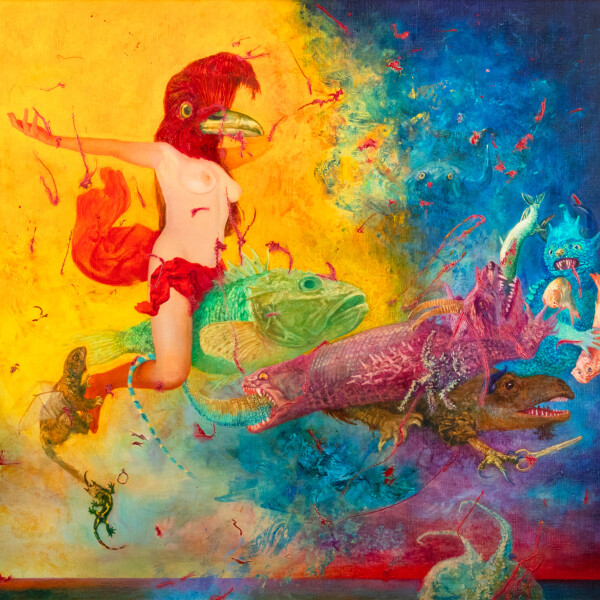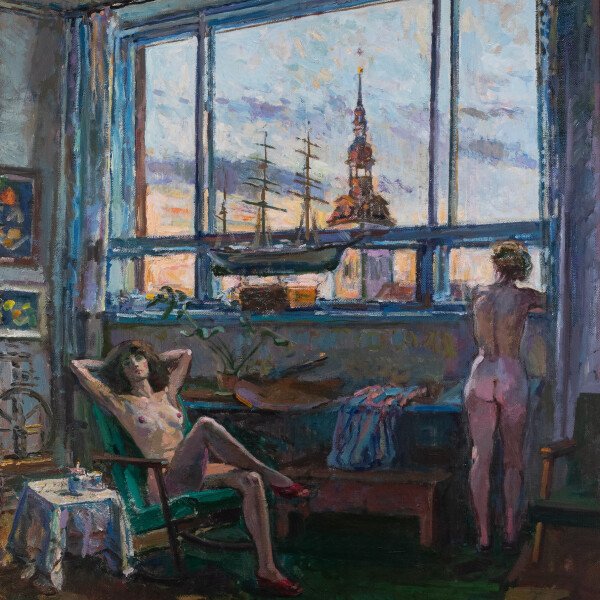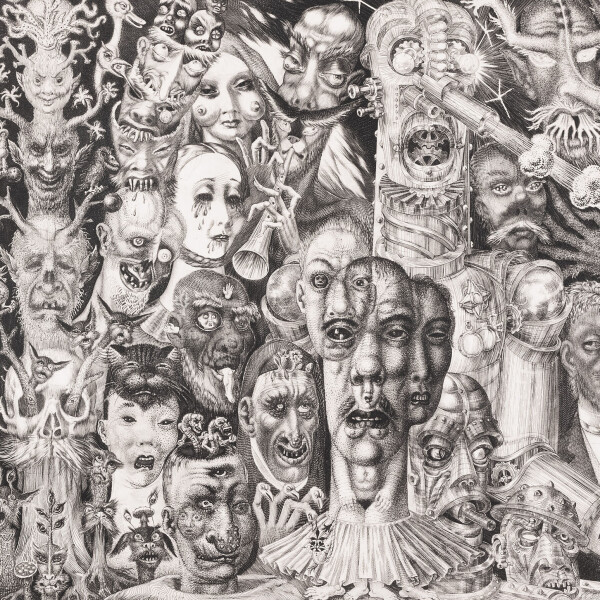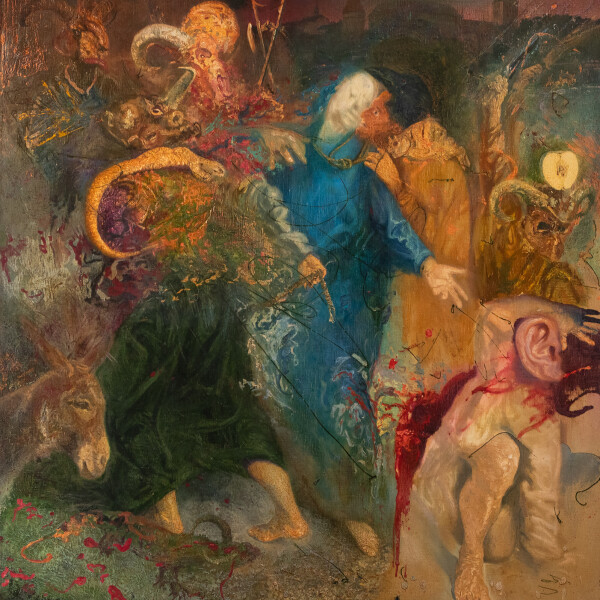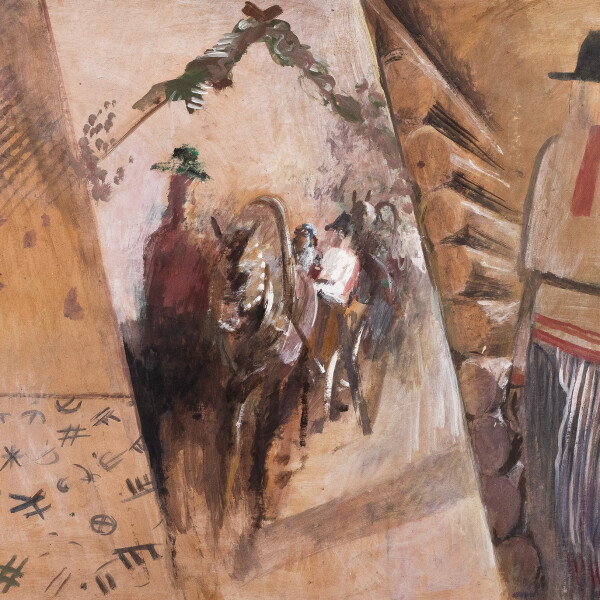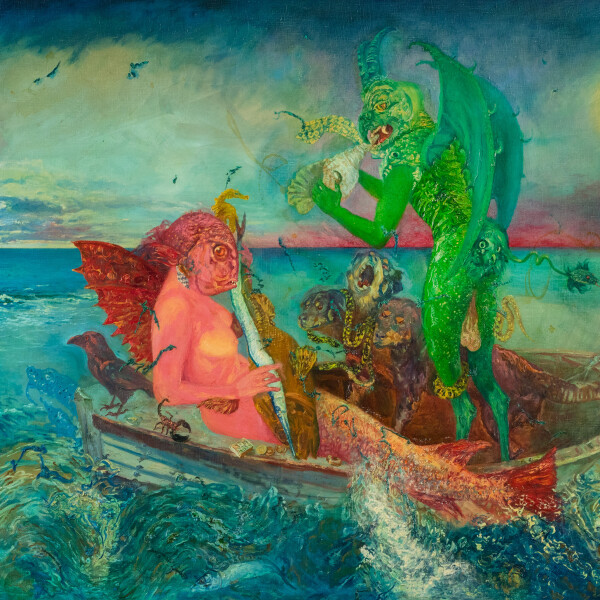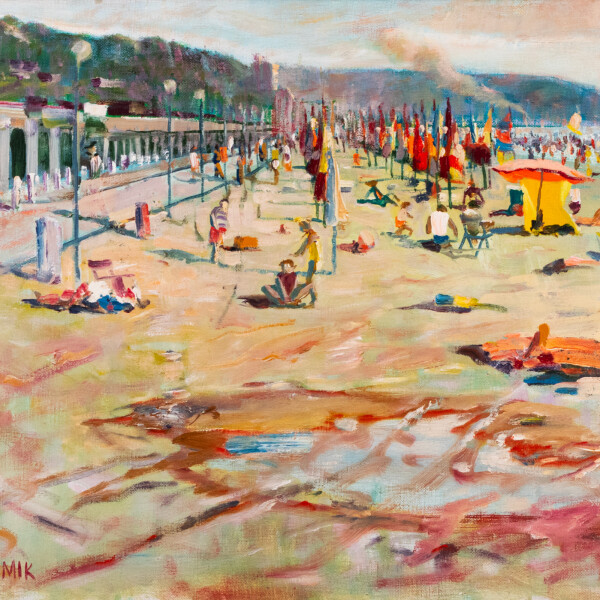
Current Exhibitions
Auctions
HAUS GALLERY ART AUCTIONS 2025 AND 2026
Haus Gallery has been organizing Estonian art auctions every spring and autumn since 1997.
Our upcoming auctions will take place on:
November 8 and 9, 2025
May 2 and 3, 2026
November 7 and 8, 2026
If you would like to sell your artworks through Haus Gallery’s auctions, please contact us well in advance.
Explore Haus Gallery’s auction records and statistics in our auction archive HERE.
haus@haus.ee, (+372) 6 419 471, (+372) 52 77 334
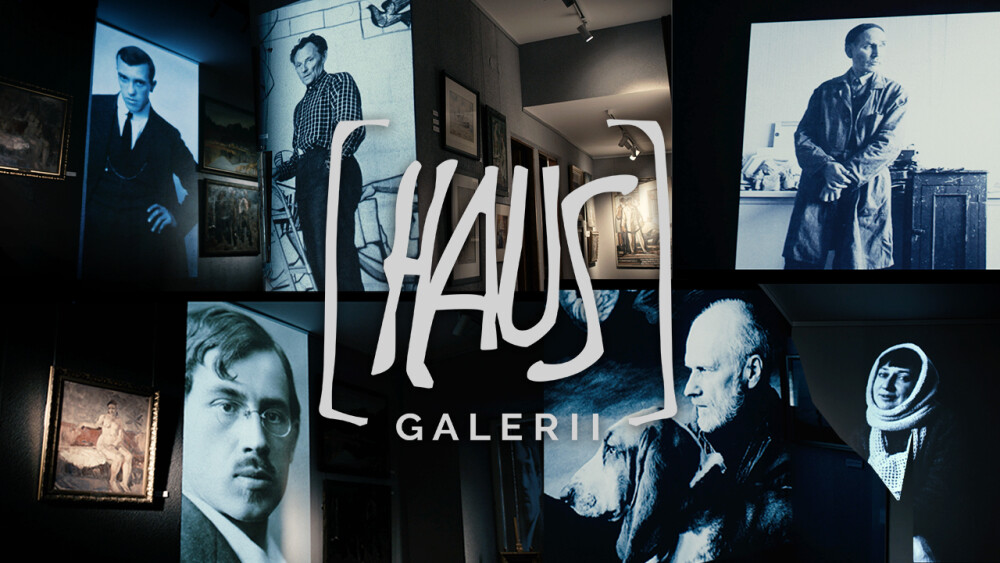
Past Auctions TOP
FILMS AND PODCASTS
See allCurated Collections
WOMEN AS ARTISTS IN ART
A collection that intriguingly brings together a selection of works by Estonian women artists from different generations.
View collection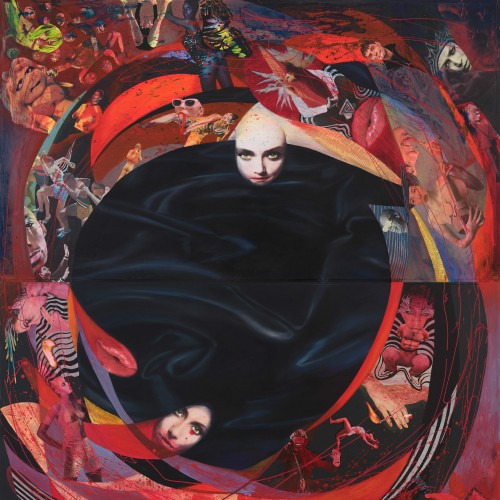
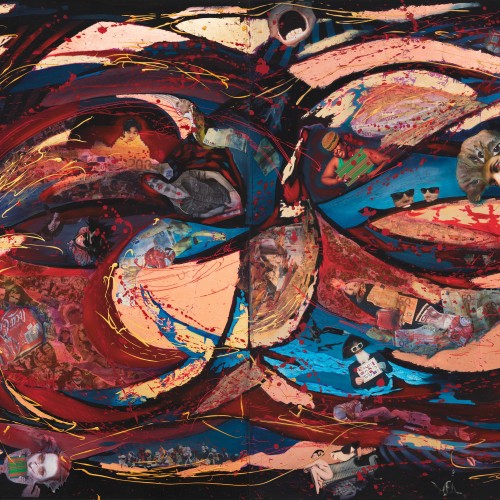
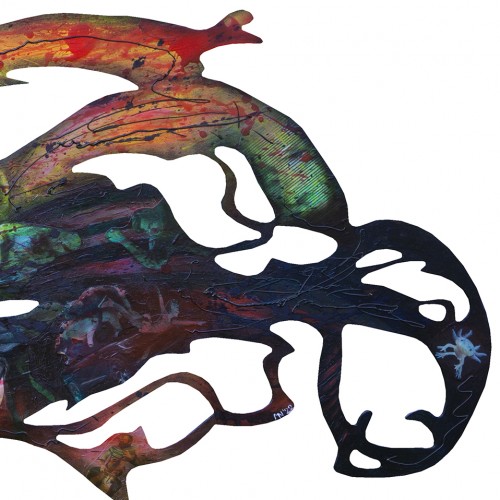
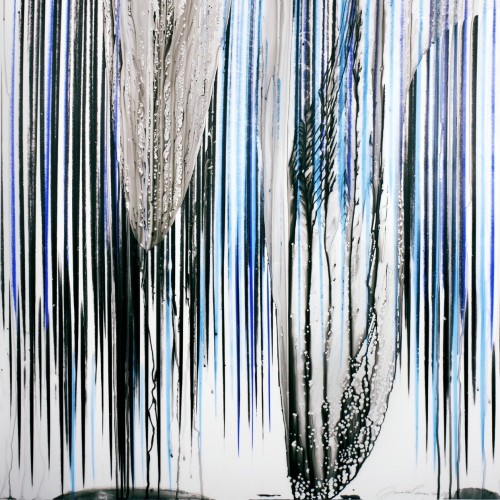
Gift Card
Purchase a Personal Gift Card. Give the gift of art – to a friend, relative, colleague, or business partner. The amount of the gift card is freely selectable. To purchase a Personal Gift Card, please contact the gallery.



